Back in Issue #105 of Singletrack Magazine, we took three lightweight race hardtails and put them in the hands of Olly Townsend as part of the ‘Flat Out Race Bike‘ group test. You may have seen the reviews published in the review section of Singletrackworld.com over the past week, which includes Olly’s thoughts on how each bike stacked up against the other two, and some short video that he took while on shoot with the test bikes.
Now you can read the complete Flat Out Race Bike group test article that we’ve published here. And at the end of the article, we’ve also got a fantastic video that Olly has put together that’ll give you a behind-the-scenes look of some of the riding he did with his fellow testers; Radu Mani, Dave Jones, and Andy Cato.
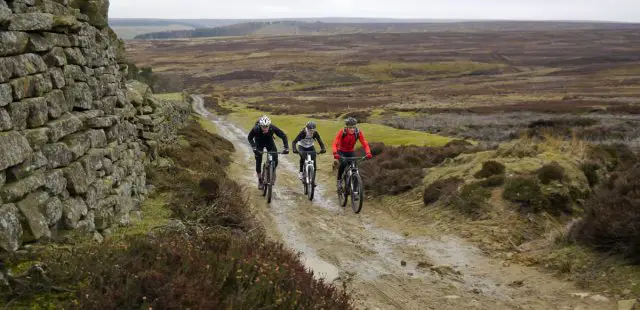
Flat Out Race Bikes
A cross-country mountain bike race will normally involve the following – a course marked out with race tape, a commentator with a crackly PA system, a catering van, a muddy car park, a couple of uber-keen people warming up on turbo trainers and, most importantly, lots of lightweight, minimally suspended cross-country race bikes.
The thing is though, the majority of mountain bikers don’t go to a race course to race. You can race equally as well with a few of your mates and a stretch of your favourite trail. The phenomenal success of Strava shows that racing still exists, but now it’s often between you and your friends, or you and an unknown rival in a digital parallel universe somewhere.
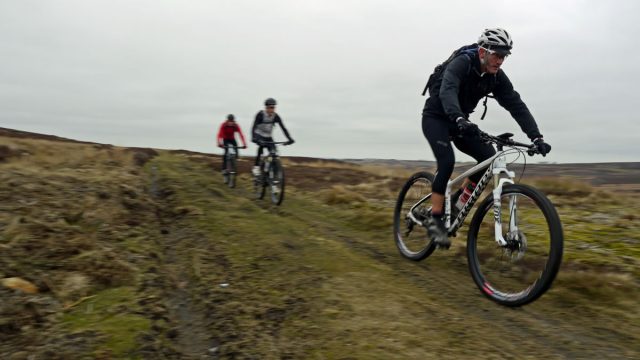
So if you’re going to beat your friends, or get the KOM on a particular stretch of singletrack, you’re going to need the right bike. And in the somewhat fragmented world of mountain biking, where bikes are steadily becoming more specialist, that means you’ll need a cross-country race bike.
For the majority of dedicated cross-country racers, a typical race bike would be carbon-fibre framed, have 29in wheels, most likely be a hardtail and have somewhere around 100mm of front suspension. They will generally have quite steep angles (70–71° head angle and 72–73° seat angles are pretty common) to make them responsive and quick steering. And there won’t be a dropper post in sight!
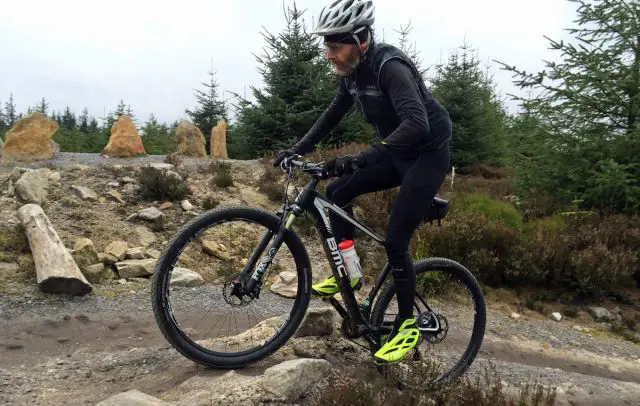
Cross-country race bikes can look old fashioned, with their arse-in-the-air-head-down layout. But if you own one (and particularly if you do actually race it), then the chances are that you will also wear brightly coloured Lycra and you may well shave your legs and in that case, the fact that your bike looks different to the on-trend big travel bikes you’re more likely to come across at your local trail centre is not going to bother you that much.
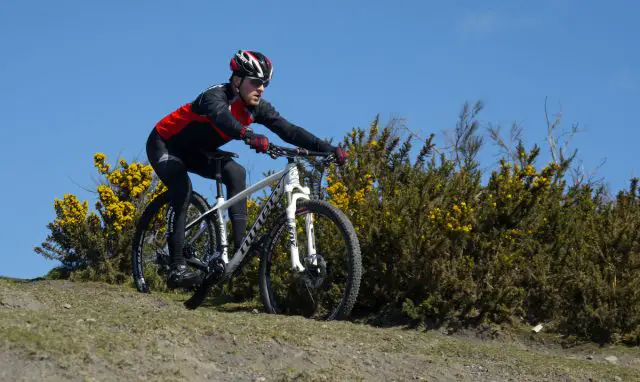
In recent years, manufacturers have produced ever lighter and stiffer hardtail cross-country race bikes – frame weights of some of the top-end models are now often within a few grams of a typical road or cyclocross frame. But with this extra stiffness often comes harshness. In the world of pro-level racing where racers are paid to be clothes horses for their sponsors, they will put up with the discomfort of their steeds because race results are everything – they know where their pay comes from after all. But for mere mortals, sacrificing a few extra grams for a bit more comfort might well be a trade-off worth taking, so this issue we’ve looked at three cross-country race bikes where the manufacturers have tried to add a little comfort to the pain of thrashing around a race course.
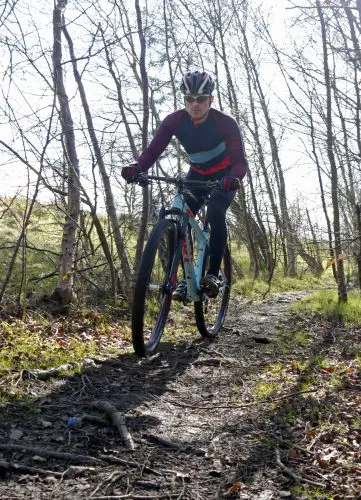
We’ve got three slightly different takes on the conundrum of balancing speed versus comfort – firstly a ‘softail’ from BMC with its Team Elite TE01 which uses an elastomer stack sandwiched into the seatstays to offer 15mm of vertical movement, then a traditional hardtail (albeit one with bigger tyres and more suspension) from Niner in the form of a Air 9 Carbon, and finally a wolf in sheep’s clothing from Trek with a Procaliber 9.8 SL which utilises the IsoSpeed decoupler taken from its Madone and Boone road/cyclocross bikes to offer 11mm of compliance at the saddle.
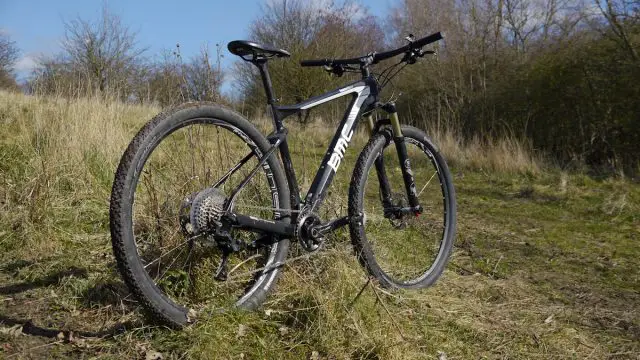
BMC Team Elite TE01
The latest BMC Team Elite TE01 represents a dramatic departure from the model preceding it. With its intriguing MTT rear suspension design, the Team Elite signals a new focus on comfort for a lightweight carbon hardtail. More comfort for the rider should, in theory, result in less fatigue on gruelling XC courses and marathon races. And how does the design translate onto the trail? You can read the full review here.
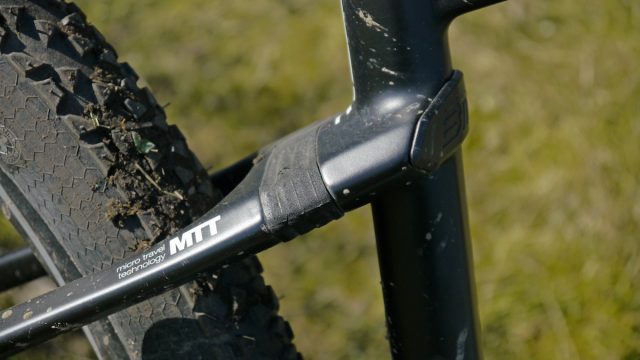
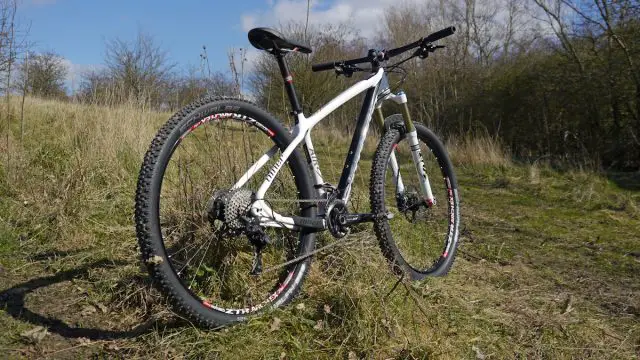
Niner AIR 9 Carbon
One of the early carbon 29in hardtails to market, the Niner AIR 9 Carbon has many years of development and refinement behind it. The latest version features new geometry, thru-axles and sleek internal cable routing, and you can fit a 100-120mm travel suspension fork up front. Check out the entire review here.
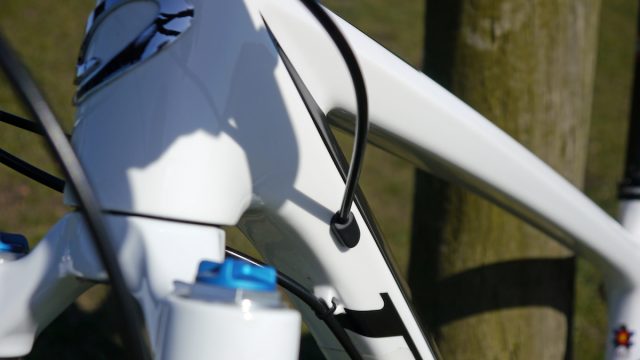
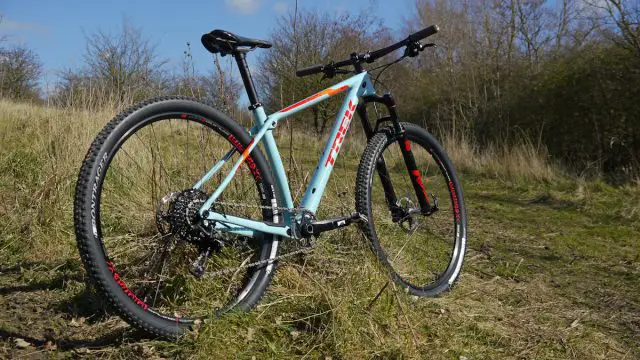
Trek Procaliber 9.8 SL
Like the BMC, the Trek Procaliber 9.8 SL shows a renewed desire to offer greater rider comfort from its lightweight carbon chassis. Weighing in at just over 1kg, the Procaliber frame utilises a clever pivot on the seat tube junction to ‘decouple’ the seat tube and post from the rest of the frame. Trek claims there’s 11mm of compliance at the saddle, which is designed to decrease rider fatigue. Want the lowdown on how it all works? Then head to the review here.
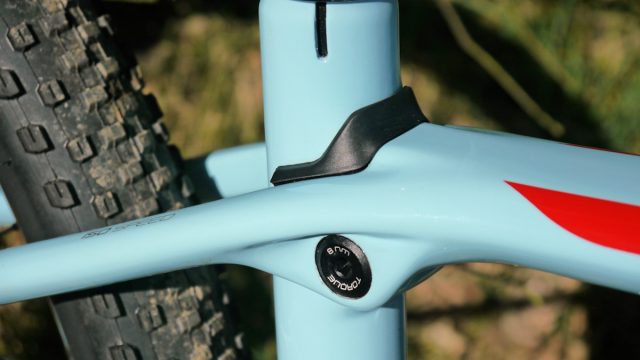
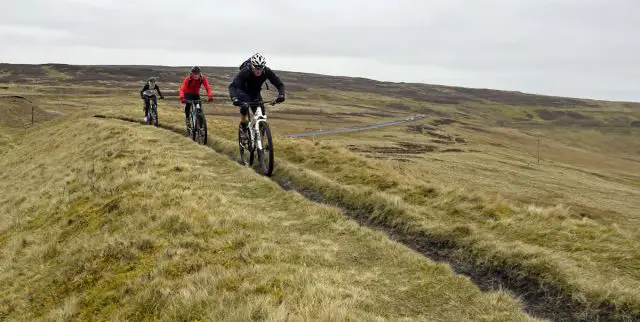
Want to get a little insight as to some of the testing and shooting that goes on behind-the-scenes of our magazine group tests? Olly put together this wee video for you that includes all three of the lightweight race hardtails featured in #105 of Singletrack Magazine.
Enjoy!
Comments (1)
Leave Reply
Post Comment
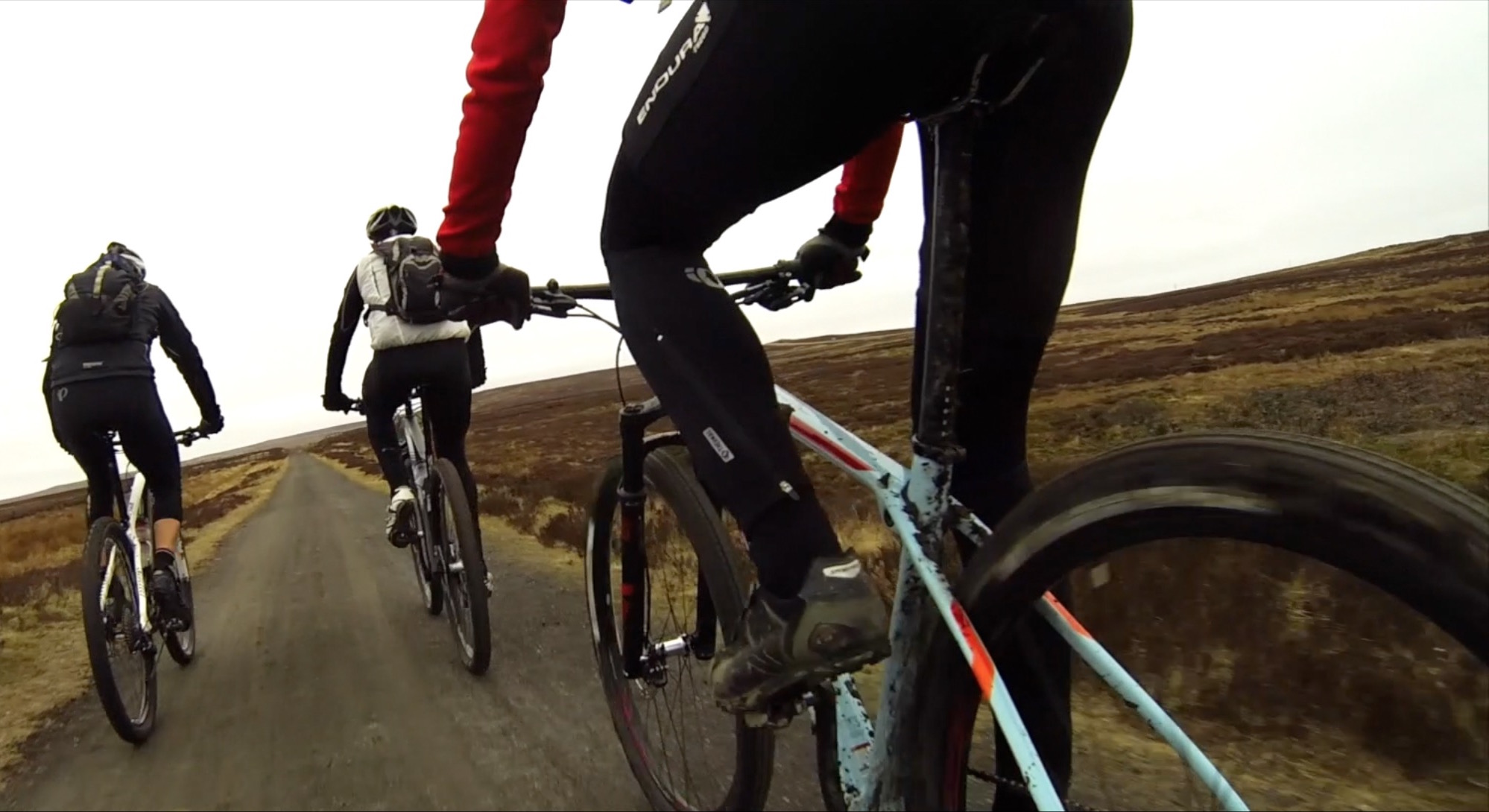
Thought I recognised the first photo, watched the vid, I’ve parked in the same layby 🙂